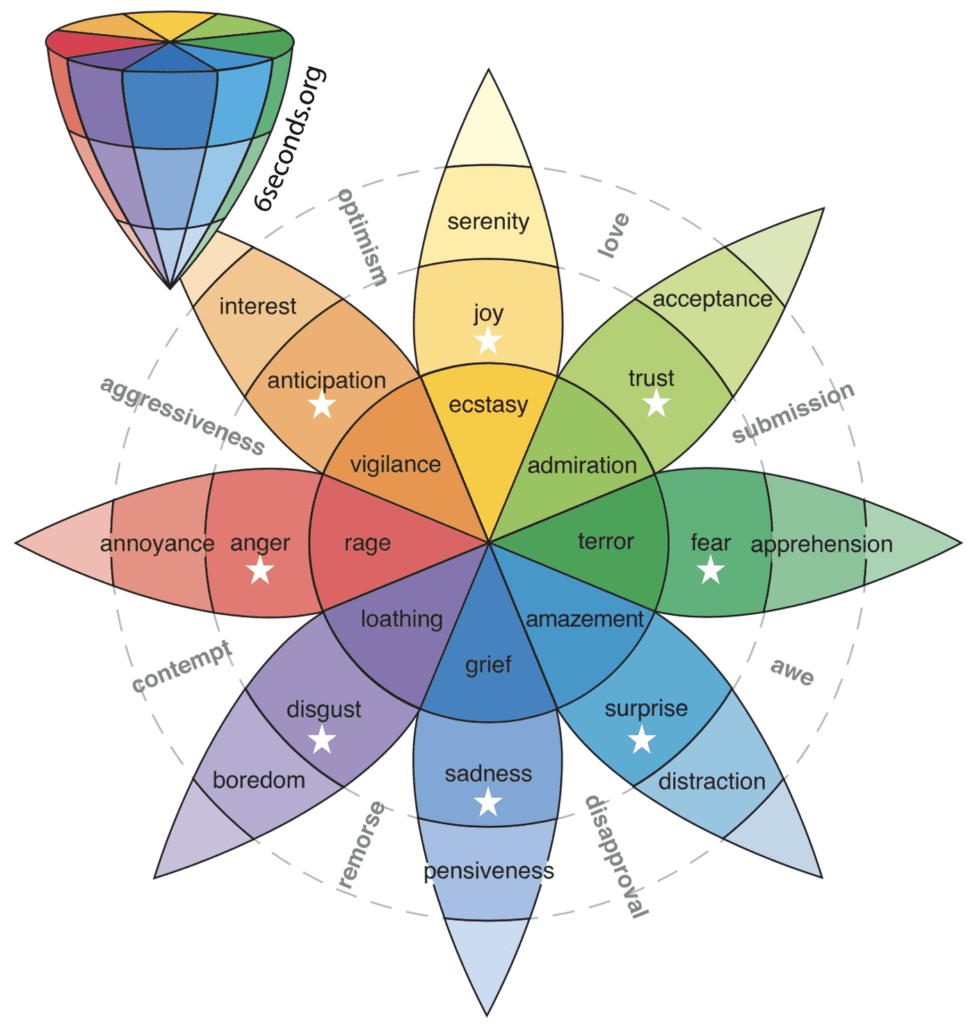Throughout my career I have worked with leaders to help them strengthen their leadership skills and create high performing teams. In many ways, this involves the first step of 1) self-awareness to determine what you do well and what you may need to improve as well as the second step of having a 2) growth mindset.
Having self-awareness and a growth mindset enables leaders to open the door for exploration and see the world around them through a different lens. A lens that affords them vitally important information that helps maximize their potential and achieve best outcomes.
It made me think about how our emotions play a big role in the ways we show up each day and how others can “catch our emotions.” We are innately vulnerable to “catching” other people’s emotions – it’s a phenomenon called “emotional contagion” (EC), in which one person’s emotions transfer to another.
How often do you think about what types of emotions your employees are catching from you?
If we know managers account for 70% of the variance in team engagement (Gallup), this is important to pay attention to as a leader of people.
Recently, I was reviewing the work ofRobert Plutchik, a noted professor and psychologist, who developed the“Wheel of Emotions”backin the 1980’s.

Extracted from “6seconds: The Emotional Intelligence Network” the below provides a great interpretation of how best to apply this “Wheel of Emotion” to increase your self-awareness and better understand your emotions at work:
Primary: There are eight primary emotions: anger, anticipation, joy, trust, fear, surprise, sadness and disgust (refer to the star symbols in visual).
Opposites: Each primary emotion has a polar opposite.
- Joy is the opposite of sadness. Physiology: Connect vs withdraw
- Fear is the opposite of anger. Physiology: Get small and hide vs get big and loud
- Anticipation is the opposite of surprise. Physiology: Examine closely vs jump back
- Disgust is the opposite of trust. Physiology: Reject vs embrace
Combinations: The emotions with no color represent an emotion that is a mix of the 2 primary emotions. For example, anticipation and joy combine to be optimism. Joy and trust combine to be love. Emotions are often complex, and being able to recognize when a feeling is actually a combination of two or more distinct feelings is a helpful skill.
Intensity: The cone’s vertical dimension represents intensity – emotions intensify as they move from the outside to the center of the wheel, which is also indicated by the color: The darker the shade, the more intense the emotion. For example, anger at its least level of intensity is annoyance. At its highest level of intensity, anger becomes rage. Or, a feeling of boredom can intensify to loathing if left unchecked, which is dark purple.
—————————————————————————————————————
If emotions are left unchecked, emotions can certainly intensify and impact what types of emotions your employees are catching from you. Click on this link: Wheel of Emotion Interactive Tool if you would like to learn more about what emotions you are feeling and why. This can help you become more mindful and thoughtful about how you recognize and manage your emotions.
What emotions do you want your employees to catch from you?
https://www.linkedin.com/pulse/catching-emotions-jennifer-miraglia/
